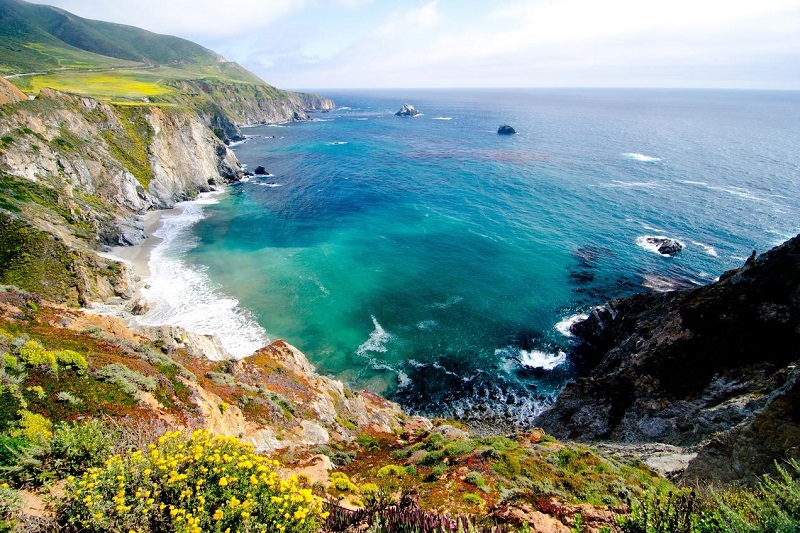Climate finance projects are becoming an increasingly important resource for East African nations as they seek to improve the economic well-being of coastal communities, support biodiversity, and take climate-related action. A high-level political forum on sustainable development is currently taking place at the headquarters of the United Nations in New York City. On the periphery of this forum, African coastal and island states as well as conservation groups have outlined plans to boost ocean conservation and economic development through a system of “blue bonds.” Blue bonds are a method of financing projects that would also benefit the health of the ocean.
Following in the footsteps of Africa’s Great Green Wall, which encompasses the Sahel portion of the continent, the nations of east Africa are currently seeking funding for the program known as the Great Blue Wall, which aims to safeguard marine regions around the coastline. The terms “blue finance” and “green finance” are both terms that relate to money that is intended to prevent damage to the environment, battle climate change, and create sustainable ecosystems.
The World Bank’s Vice President, Jorge Familiar, described the blue bond as a powerful example of the critical role that the capital markets can play in supporting sustainable objectives. “The blue bond is a powerful example of the critical role that the capital markets can play in supporting sustainable objectives,” he said. The Great Blue Wall is an initiative that was launched by ten western Indian Ocean states during the United Nations climate conference in Glasgow, United Kingdom, a year ago. The goal of the initiative is to set up a network of coastal and marine protected areas. Its backers think that this would protect and restore about 2 million hectares of ocean, take in 100 million tons of carbon dioxide, and make sure that over 70 million people have a way to make a living.
The project extends along the eastern coast of the continent from Somalia to South Africa and includes the island nations of Comoros, Madagascar, Mauritius, Seychelles, and Somalia, in addition to the French overseas territories of Mayotte and Reunion. Jean-Paul Adam, who is in charge of the climate division at the United Nations Economic Commission for Africa, said that the blue wall project will show “the real importance of the environment to future wealth creation and the empowerment of local people.”
He stated that there is an urgent need to significantly increase the amount of money invested by the private sector in the green and blue industries. Less than one percent of the so-called blue and green bonds, which are used for marine and land projects respectively, are issued to African countries. These bonds are used to finance infrastructure development. He continued by saying that the last step was to “make these markets more accessible to African countries.”
According to the United Nations, many of the financial climate promises made by richer countries are not being kept in full. This means that many African countries can’t take the steps they need to in order to adapt to climate change and lessen its effects.
According to the African Development Bank’s most recent analysis, between $1.3 trillion and $1.6 trillion will be required by the year 2030 to implement climate action in accordance with the nationally determined contribution targets set by individual countries to limit global warming to 1.5 degrees Celsius (2.7 degrees Fahrenheit), and no more than 2C. This information was presented in the context of the bank’s most recent report, which stated that the amount of money required to implement climate action in accordance with this (3.6 F). However, according to the bank, blue bonds only account for a small portion of ocean conservation funds at this time. Adam says, “Bonds by themselves are not a way to fill the funding gap, but they can help us raise a lot of money.”

